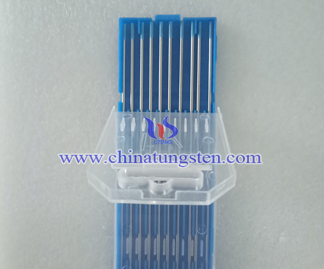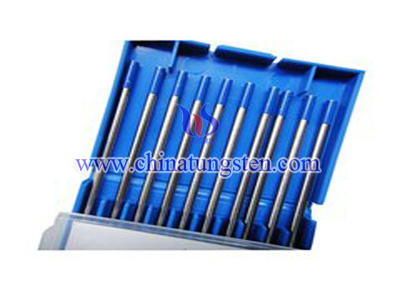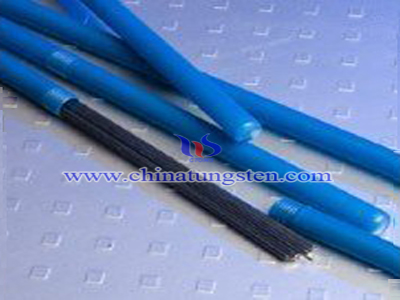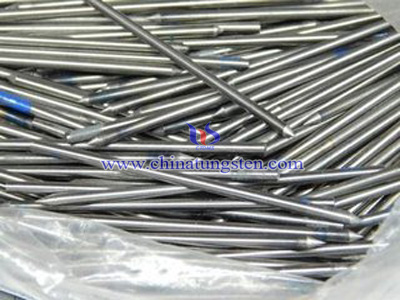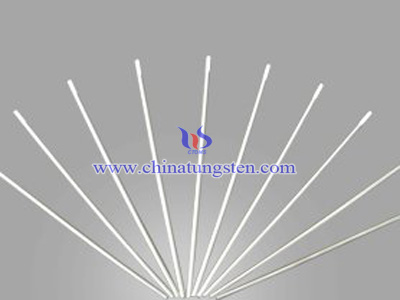Tungsten Yttrium Electrodes in Spark Plugs
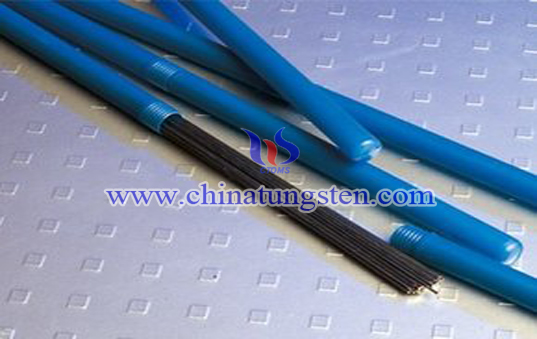
A spark plug, namely sparking plug, is an electrical device that fits into the cylinder head of some internal combustion engines and ignites compressed fuels such as aerosol, gasoline, ethanol, and liquefied petroleum gas by means of an electric spark.
Spark plugs have an insulated central electrode which is connected by a heavily insulated wire to an ignition coil or magneto circuit on the outside, forming, with a grounded terminal on the base of the plug, a spark gap inside the cylinder.
At one time it was common to remove the spark plugs, clean deposits off the ends either manually or with specialized sandblasting equipment and file the end of the electrode to restore the sharp edges, but this practice has become less frequent as spark plugs are now merely replaced, at much longer intervals. The development of precious metal high temperature electrodes – tungsten yttrium electrodes, allows the use of a smaller centre wire, which has sharper edges but will not melt or corrode away. The smaller electrode also absorbs less heat from the spark and initial flame energy. At one point, Firestone marketed plugs with polonium in the tip, under the questionable theory that the radioactivity would ionize the air in the gap, easing spark formation.
Of course, tungsten yttrium electrodes are not the only tungsten electrode used in spark plug, tungsten electrodes with other elements -- iridium, platinum, tungsten, or palladium, can also be used as side and central electrodes in spark plugs.

